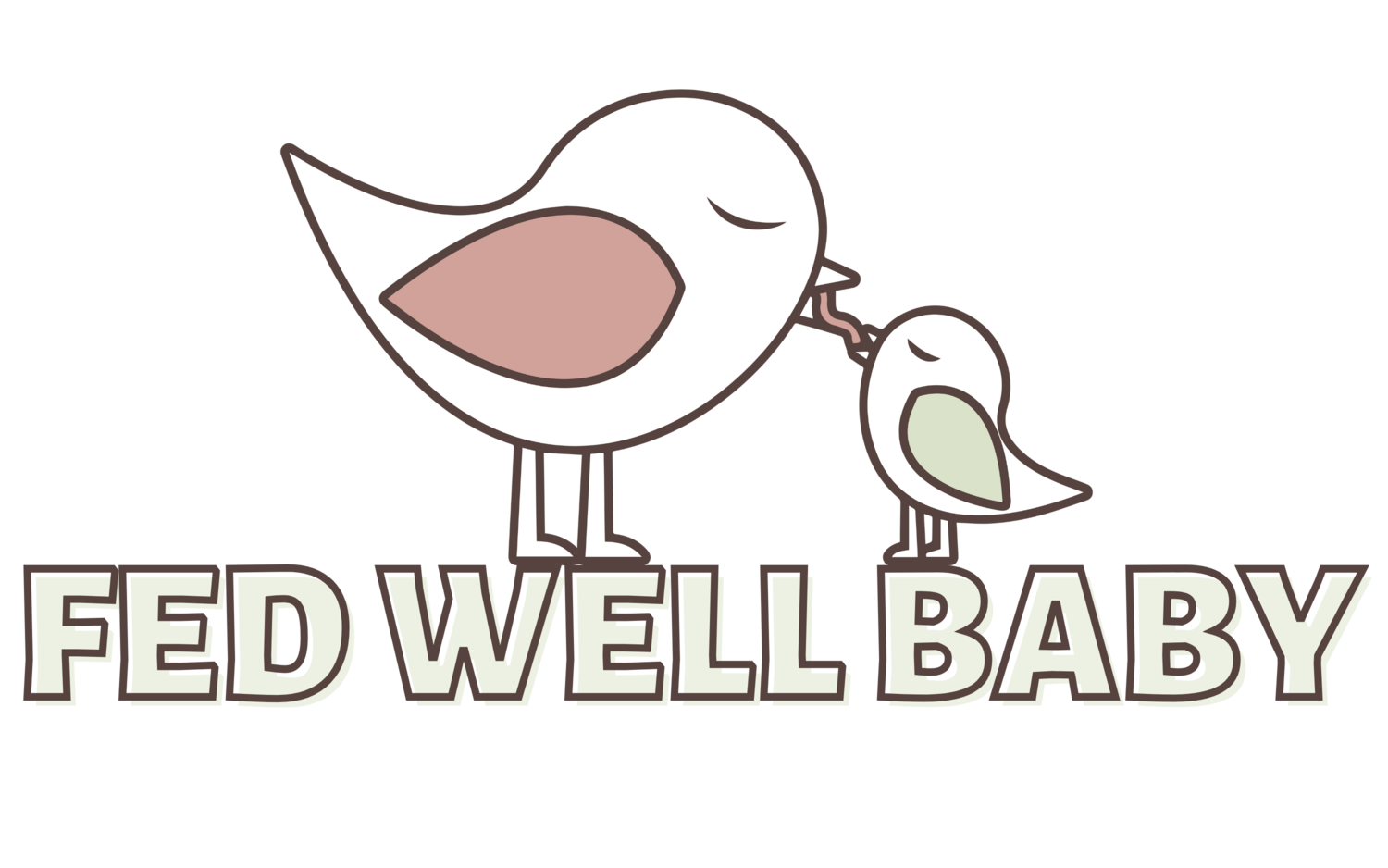January Thrive Guide
January Work Out Challenge!
Know you need to get in the habit of exercising consistently but just have been too exhausted, distracted or haven’t had a moment’s break? Join in on the Fed Well Baby January Workout Challenge!
Here’s how the January challenge will work:
Commit to doing 15 minutes of a workout exercise per day, with weekends as rest days.
Decide which of the workouts to follow below….or choose your own!
Plan a specific time of day to do this workout. Maybe it’s first thing in the morning before your baby is awake or right before dinner when your spouse is home. Set an alarm!
Participate in “check ins” with Susanna on Instagram @fedwellbaby (will do an Instagram story for you to respond to and share your progress!)
Take a photo and tag @fedwellbaby and use hashtag #FWBworkoutchallenge for a chance to win a prize at the end of January!
REMEMBER: this is more about getting into the habit and less about doing this challenge perfectly every day!
WORKOUT IDEAS FOR YOU:
Need something really simple to do that allows you to use your baby as part of the exercise? These workouts are great as an activity that you can do together!
This is a brilliant way to work out especially if you have a clingy little one! If you have a toddler, try putting them on your back in the carrier—game changer!
It’s expected that 1 in 2 women experience diastasic recti after giving birth, which is a separation of the abdominal muscles. This is often known as the “mom pooch!” Most women heal naturally 1-2 months post birth, but some do not.
Every Mother is a paid program designed to help heal diastasis recti through very specific exercises.
You can test whether you have diastasis recti by doing the following.
Lie on your back, knees bent, soles flat on the floor.
Support your head and shoulders with pillows and rest your arms flat at your sides.
Raise your head slightly.
Feel for a soft lump, where your fingers can compress down into the vertical line above and below your navel; it may indicate a separation. You can tell how big the space is by counting the finger widths between the muscles: One to two finger-widths is normal; three or more could be a sign of diastasis recti.



